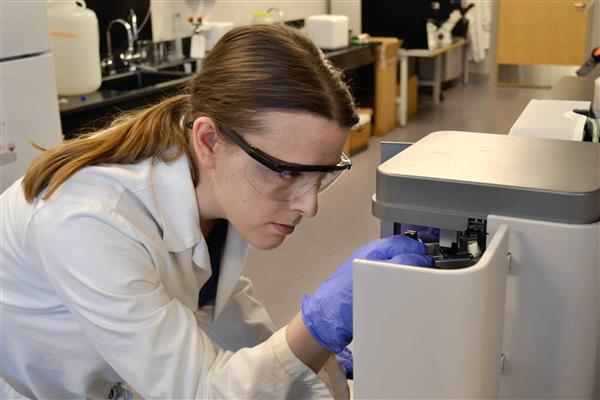As Prof. Joshua Pearce has advocated in interviews, books, and journal articles, 3D printing has the potential to revolutionize the modern laboratory by dropping costs dramatically, as well as providing the means for creating entirely new lab devices. We’ve seen this play out in numerous examples that often use 3D printed adapters to transform smartphones into powerful pocket microscopes, resulting in methods for detecting pollution in water to detecting allergens in food. The latest comes from Kansas State University researchers who have turned a smartphone into a blood sample analyzer.
Developed by Kim Plevniak, a Master’s student in Biological and Agricultural Engineering at Kansas State University, and Mei He, Assistant Professor of Biological and Agricultural Engineering, the device is designed as a method for diagnosing anemia in patients found in remote locations. Using clear, 3D printed plastic slides, the device attaches to a smartphone and uses a color scale-based test to read a blood sample, deposited onto the 3D printed slides. In less than 60 seconds, the blood can be read with a companion smartphone app.
Due to limited access to health care in developing nations, some 2 billion individuals worldwide suffer from this iron deficiency. This number includes half of preschool children and pregnant women in developing countries and around 30% of children and women in industrialized nations. Plevniak says, “Anemia is a very prevalent condition in developing countries even though it is easily treated with iron supplements or vitamins and can be prevented with a healthy diet. Often in these developing countries people will have much easier access to smartphones than they will to doctors and trained medical professionals.”
The researchers have since been granted approval to begin testing patient samples from the University of Kansas Medical Center to optimize the device for diagnosing different levels of anemia. With help from Associate Professor in Electrical and Computer Engineering, they will also be able to improve the app to manage data and send results to doctors, as well.



